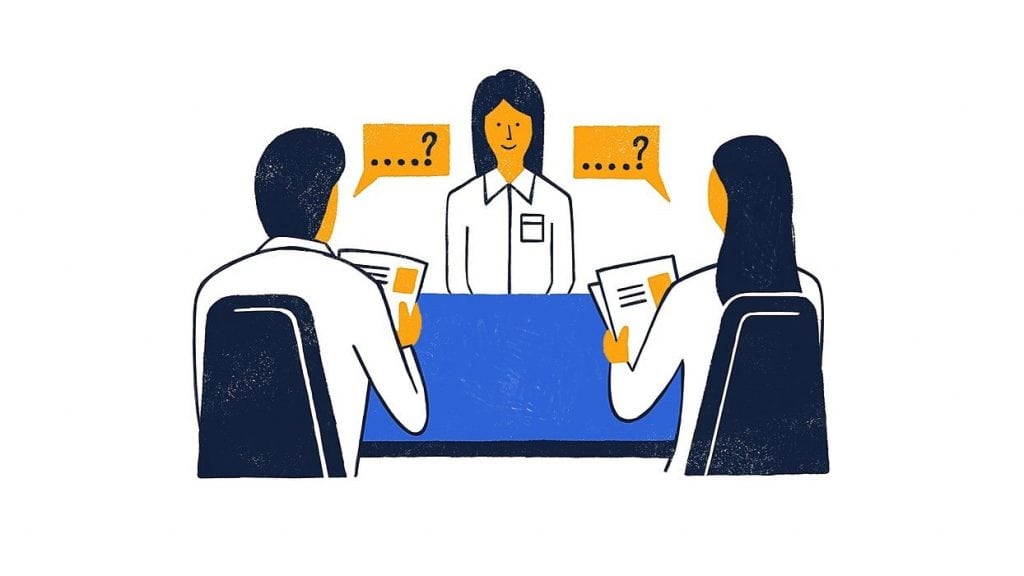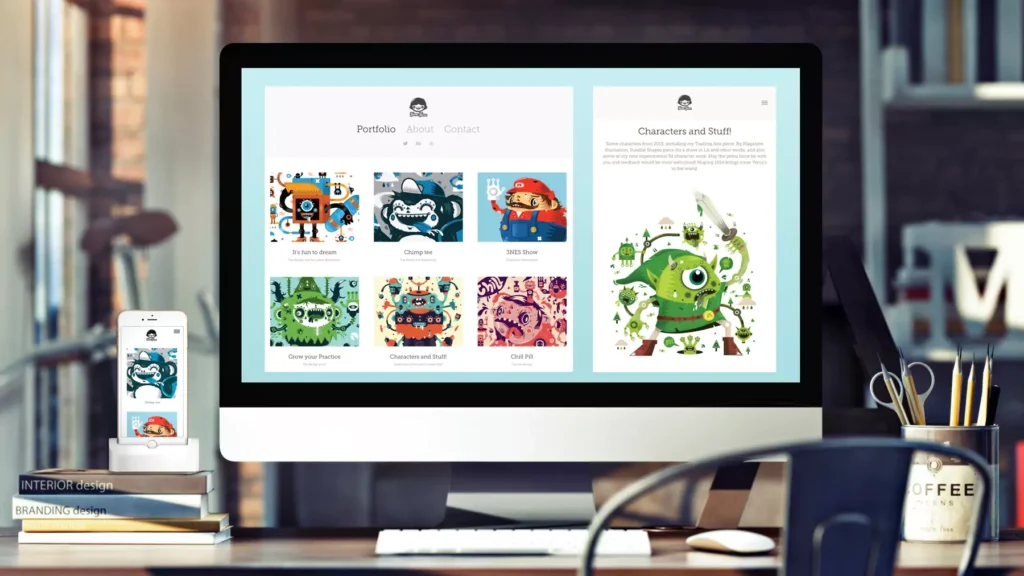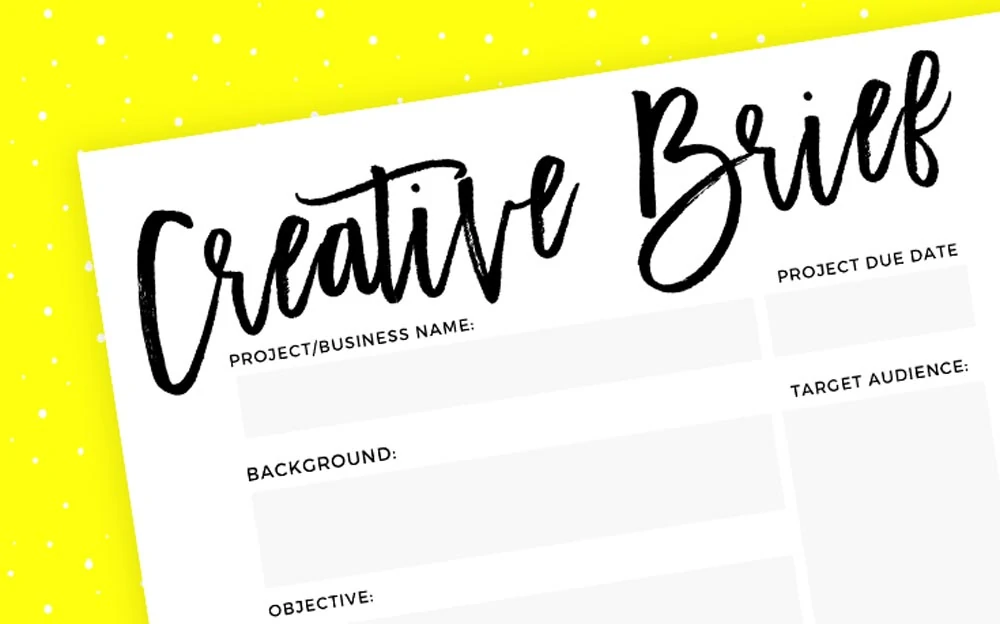How Small Businesses Can Work With Designers
Working with a designer can take your small business to the next level. Whether you need branding, marketing materials, a website, a mobile app, or even product packaging – a designer has the skills to make your business stand out. But where do you start? And how do you work effectively with creative professionals to get the desired results without breaking the bank? This comprehensive guide has all the details of how small businesses can work with designers successfully.
Table of Contents
Clarifying Your Needs
Before contacting designers, get clear on exactly what you need to create. Explaining hazy ideas to a designer wastes both their time and yours. Define the projects and expected deliverables upfront.
- Do you need a new logo, branding guide, stationery suite, brochure, catalogue, flyer, signage, packaging, labels, website, landing page, banner ads, social media graphics, infographics, illustrations, or photos? List everything.
- Gather 3-5 examples of designs you like to help the designer understand your preferred aesthetics and layouts.
Getting specific helps designers provide an accurate quote for the work involved and tailored concepts you’ll love.
Where to Find Designers

With an outline of your project, it's time to start your designer search. Here are great places to look:
Freelance Websites
Websites like Fiverr, Upwork and PeoplePerHour allow you to post your project and receive bids from dozens of eager designers worldwide. This gives you many style options. Review portfolios thoroughly – don't just pick the lowest price! Quality matters most.
- 84% of small companies outsource creative work to freelancers at some point
Local Design Studios
Look up design studios in your local area. A local firm offering branding, web, packaging and marketing design under one roof can simplify your experience. Schedule intro calls to get quotes and assess which studio best understands your aesthetic and business goals.
Design Crowdsourcing
Sites like 99Designs and DesignCrowd allow you to launch contests where dozens of designers have concepts, and you only pay for your chosen design. This expands your choices exponentially. Downsides can include less direct communication and potential fees.
References
Ask regional entrepreneurs which designer they use and love for branding and marketing materials. A personal reference can speak volumes.
Leverage your network both locally and online to discover designers.
Selecting the Best Designer

Once you’ve identified several potential designers (we recommend getting 3+ quotes), how do you pick the best fit? What criteria matter most?
Relevant Experience
Thoroughly review designer portfolios and client lists. Look for these traits:
- Experience working specifically with small businesses indicates they understand limited budgets and how to maximise value.
- Familiarity designing for your industry – A designer who has created concepts for beauty brands will inherently understand your needs more than someone who solely works with tech companies.
- Compelling portfolio – Most notably, their past design work should visually communicate their abilities and style. Pay attention to typography, colour palettes and composition. Do you consistently like what you see? That’s key.
Design Process
Ask designers detailed questions about how they approach new projects:
- Creative process – Do they follow a defined system for delivering inspired designs tailored to each client?
- Brand positioning – Will they help you identify your mission, personality, and reasons customers should care, or should you only focus on aesthetics?
- Revisions – How many rounds of feedback and tweaks are included?
- Image sourcing – Do they offer professional photos/illustrations or expect you to supply this content?
- Production – Can they manage to take finished designs through to production? For example, coordinating website programming.
Their process should align seamlessly with your expectations.
Pricing
While everyone has budget limitations, try not to hire the cheapest option solely. A designer who charges more but is well-versed in your needs with an efficient process often adds more excellent long-term value than an inexperienced bargain.
Strike the ideal balance of budget and experience. Quality design pays for itself.
Values Fit
Consider comfort and communication chemistry, too. Business relationships go more smoothly when you share compatible work ethics, responsiveness expectations and personality styles.
Does their process for regular project updates match how involved you want to be? Conversations will avoid frustration when you see eye to eye on workflow details.
Protecting Your Interests
Before hiring any vendor, it's good business to protect confidential data and set project security requirements. We suggest:
- Non-disclosure agreement (NDA) – Have the designer(s) sign an NDA, ensuring they do not share or keep any of your branding, images, or other IPs.
- Contract – Even small projects warrant a primary design services contract covering project scope, deliverables, project schedule, payment terms, and other expectations like who owns the final artwork files.
- 50% Deposit – Only pay 50% of the project cost upfront when you approve their contract and NDA. Pay the balance upon receiving the final design files within the deadline.
Cover your small business so all design work transactions happen smoothly and securely.
Providing Everything Designers Need

Hand your designer the clearest creative springboard possible by providing the following:
- Brand guide – Any existing brand guidelines that define approved fonts, colours, logo usage standards, tones, visuals or other elements that new designs must align with.
- Content – Website copy, taglines, product descriptions, company boilerplate, etc., to incorporate into website pages, ads, and brochures.
- Images – Photos, approved logos, product shots, etc., can be featured in the designs.
- Goals – Explain the purpose of each design project. Who is the target audience? What feeling should the visuals evoke? Help them deeply understand your “why”.
- Feedback – Share constructive input on their initial concepts focused on how well they achieved your project goals. Avoid simply saying “we don’t like this”. Explain what does and doesn’t resonate.
Setting clear guidelines and sending helpful assets immediately ensures designers craft concepts on brief. This allows for faster revisions and approval.
Letting Creativity Run its Course
What is the best thing you can do to get phenomenal custom designs? Give designers the space to flex their creative muscles. Instead of hovering over their process or rejecting ideas too quickly, put trust in their expertise.
- Avoid design by committee – Assign one articulate point person from your team to provide all feedback to eliminate confusion.
- Let them guide you – Be open as they explain why they made confident aesthetic or layout choices based on industry best practices.
- Is digital audit included? – For branding projects, some designers offer helpful strategy audits examining your website layouts, imagery cohesion, messaging, etc. Take them up on this value-add if possible!
By trusting in your designer as a strategic expert – instead of just an order-taker – your collaboration unlocks fantastic potential.
Handling Revisions Productively
You’ll likely go through several rounds of revisions to refine designs into polished final drafts. Streamline this workflow by:
- Compiling collaborative feedback – Prevent designers from getting contradictory notes from 5 people. Have one contact share all aligned thoughts.
- Start broad, then narrow. Focus early feedback on overall aspects instead of nitpicking tiny details—Fine-tune in later rounds.
- Snapping photos of edits – If hand-marking up concepts, snap clear photos instead of faxing illegible documents riddled with post-its.
- Moving forward strategically – Avoid clinging to those initial drafts if the designer suggests new directions with more significant potential! Be willing to evolve concepts over rounds of review.
Follow these best practices to get to approved designs efficiently. The quicker the process, the lower your total design costs.
Securing Proper Usage Rights

After paying for custom designs, assuming unlimited rights to utilise them however you wish is common. However, designers often retain certain usage rights. Discuss these details upfront to prevent issues:
- Does the project fee include rights for print materials only – or both digital and physical? Be clear on this!
- Are there geographic limitations on where finished creative can be distributed/seen? Secure global rights if possible.
- Can the designer display concepts in their portfolio as examples down the road? Ensure branding projects remain fully confidential if needed.
- How long until ownership transfers entirely to your company? Set an expiry date.
- If outsourcing trademark registration, who will complete this process?
Thinking long-term as you establish usage terms guarantees no restrictive surprises when you aim to launch captivating new marketing campaigns!
Ensuring Easy Future Updates
Beyond the launch of shiny new branding or a sleek website, you’ll eventually need to refresh updated designs months or years later as products and offerings evolve.
- Request original files – Have the designer include packaged original art source files with each deliverable so your team or new agency can edit down the road.
- Ask about redesign discounts – Some designers offer special rates to update existing projects compared to starting entirely from scratch.
- Inquire about retainer packages. Larger studios may offer monthly retainers, allowing for unlimited design tweaks at affordable rates. Valid for hyper-iterative brands.
Factor scalability during the design process to prevent complete do-overs every two years. This saves tremendous time and money.
Wrapping Up Your Experience
You’ve skillfully guided your small business through selecting, onboarding and collaborating with a designer – resulting in visually stunning deliverables! Don’t forget these final steps for a foolproof experience:
- Request 3 editable file formats – Ask for final artwork formatted for print (CMYK . PDF or . AI), web (.SVG), and accessible for future edits (.PNG/.PSD).
- Inspect quality obsessively before payment – Zoom looks for fuzzy imagery, pixelation, broken links, typos and alignment issues. Verify website responsiveness. Hold that final payment until everything looks pristine.
- Get social media assets – Have the designer take 30 minutes to export optimised jpeg/png files that are sized flawlessly for Instagram, Twitter, and Facebook. This makes launching sleek new branding across channels simple.
- Pick their brain – Ask for recommendations on complimentary fonts, colour palettes, and subtle aesthetic details to carry through into other collateral. Guidance from a design expert offers helpful, creative guardrails.
And remember to leave positive reviews on their profiles after a job well done. Referrals are the best gift to send talented designers your brand may work with for years!
Congratulations – you did it! By establishing clarity and then collaborating smoothly through an organised design process – your business now boasts an exceptional visual identity fostering engagement and conversions. Well-executed design is the ultimate competitive edge!
Small Businesses can work with Designers!
Working with experienced designers aligned with your industry and aesthetic creates tremendous value for small businesses through visual credibility and heightened memorability. By investing upfront in compelling branding assets and marketing materials, your customer and partner interactions improve exponentially, bolstering growth.
Approach designer relationships as key strategic collaborations. When talents combine – everyone wins. Now, implement these tips and prepare for outstanding visuals to give your small business an unforgettable edge in any market. The future looks bright!
Frequently Asked Questions
What are typical design fees?
Depending on project complexity, industry averages for custom design projects range between $500-$5,000+. Logos often cost $500, while complete branding systems or website design costs $3,000+. Compare multiple quotes.
Should I reorder branded collateral before redesigning it?
If stock is very low, a small reorder might make sense. But don't overorder items featuring old designs that will soon need replacing.
What design file formats do most printers and web developers accept?
Printers generally require high resolution, such as PDFs in the CMYK colour format. Web developers prefer.SVG, PNG or. PSD files.
Should I write the content first or wait for the designer?
Completing at least some essential website content or marketing messaging before involving a designer allows them to best represent your brand voice visually through fonts, tone, etc.
How much feedback is too much?
Stick to 3 rounds of revisions maximum. Further tweaks risk the designer cancelling from frustration or charging fees. Respect their time and process.
